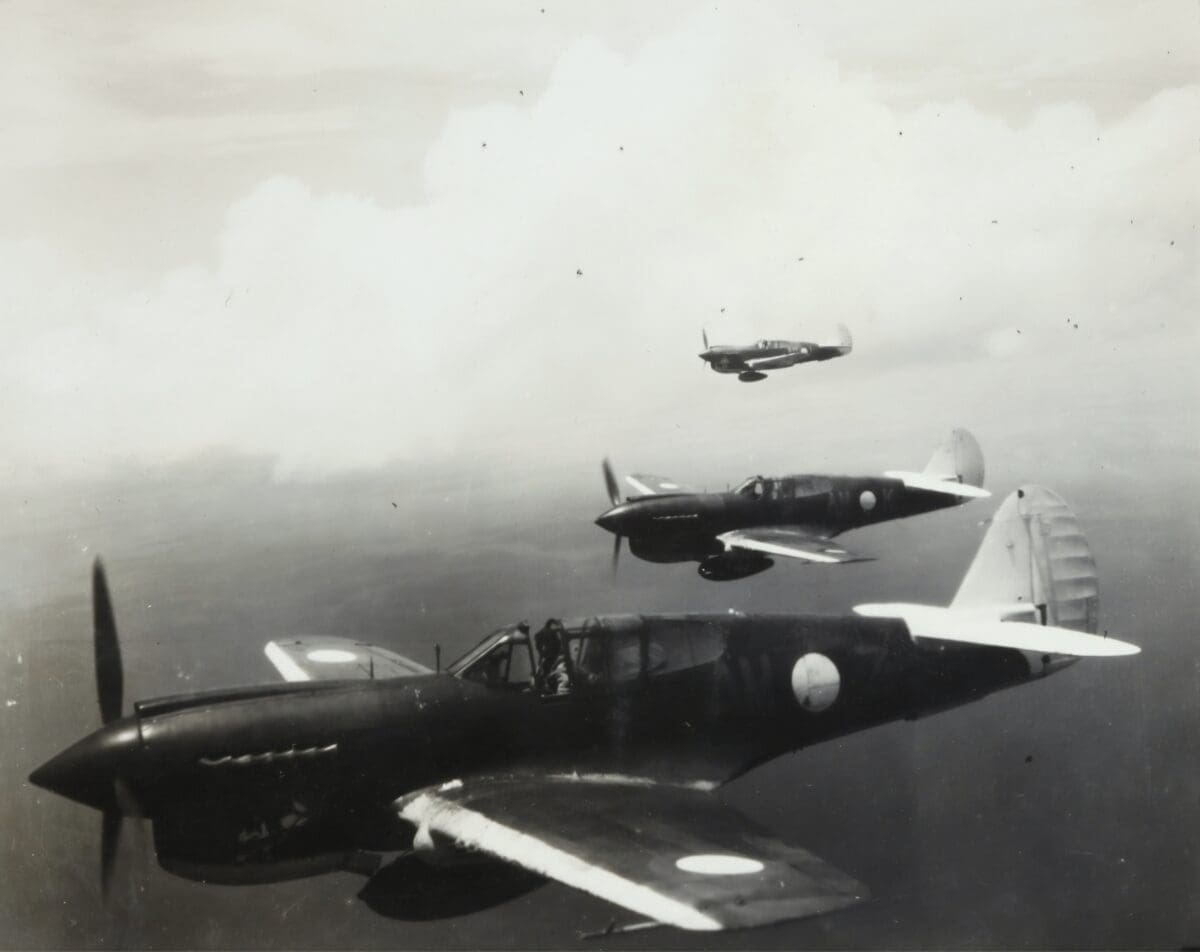World War II was a time of great technological innovation, and the aircraft industry was no exception. New and improved planes were being developed all the time, but not all of them were successful.
Some were plagued with problems that made them difficult to fly, unreliable, or simply not effective in combat. These planes are a cautionary tale about the importance of careful design and testing.
In this article, we will take a look at some of the worst manufactured planes of World War II.
1. Messerschmitt Me 210
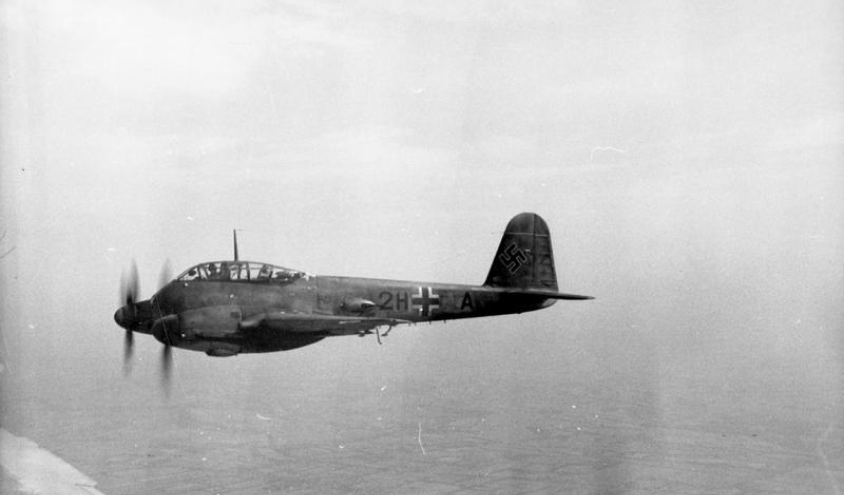
The Messerschmitt Me 210 was a twin-engined heavy fighter aircraft developed in Germany in the early 1940s. It was intended to replace the Messerschmitt Bf 110, but it was plagued with problems and was quickly replaced by the Me 410 in 1942.
The Me 210 had several design flaws, including poor handling, instability, and a tendency to stall. It was also heavy and difficult to control at high altitudes.
The engines were unreliable and prone to failure. The wings were too thin and could not withstand the stresses of high-speed flight. Lastly, the cockpit was cramped and visibility was poor.
Only a small number of Me 210s were produced, and they saw only limited use in combat. The aircraft was a failure, and it is considered to be one of the worst manufactured planes of World War II.
2. Junkers Ju 87 Stuka
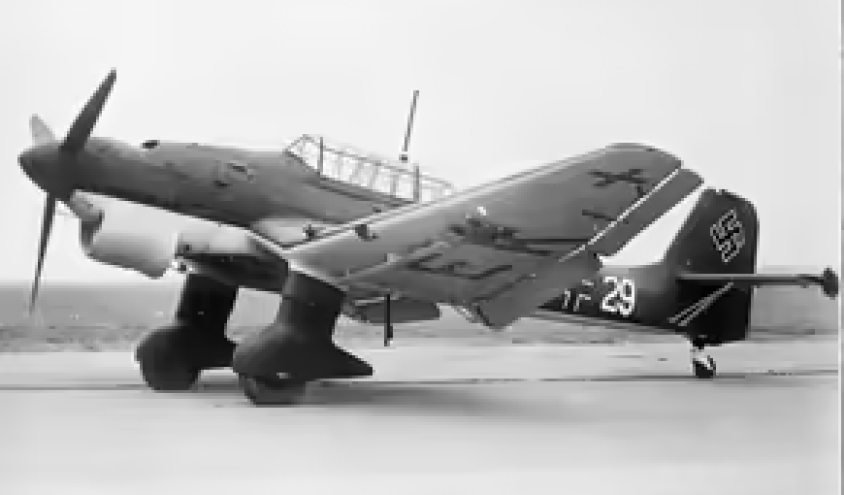
“The Stuka was more than just a terror weapon – its ability to deliver bombs where needed with then unheard of precision made it a potent war machine.” – David C. Isby
The Junkers Ju 87 Stuka was a German dive bomber developed in the 1930s. It was known for its distinctive siren, which was used to terrorize enemy troops.
The Stuka was very effective in the early stages of World War II when it was used to support German ground forces in Poland, France, and the Low Countries.
However, it became increasingly vulnerable to enemy fighters as the war progressed. The plane was also very difficult to control at low altitudes, making it a target for anti-aircraft fire.
Hence, the Stuka was eventually phased out of service as more modern aircraft became available.
3. Fiat G.55 Centauro
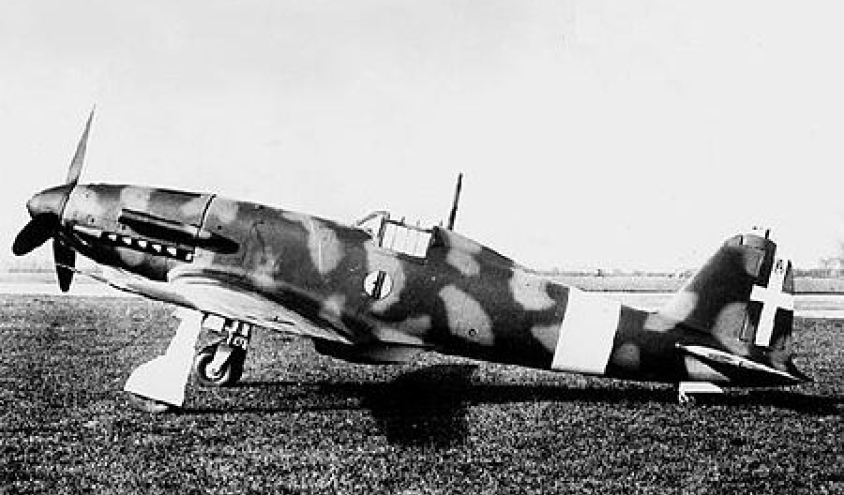
The Fiat G.55 Centauro was a single-engine, single-seat fighter aircraft developed in Italy during World War II. It was powered by a single Daimler-Benz DB 605A-1 engine, which gave it a top speed of 387 mph and a range of 1,160 km (721 mi).
Despite its impressive performance, the G.55 had a number of issues. It had a high landing speed and was prone to spinning. The cockpit was cramped and visibility was poor.
This made it a challenge for even experienced pilots to fly, and it earned the nickname “widowmaker” among Italian pilots.
The G.55 was a victim of its own ambition. It was designed to be the best fighter aircraft in the world, but it was too ambitious. The aircraft was simply too difficult to fly for most pilots, and it never lived up to its potential.
4. Aichi B7A Ryusei
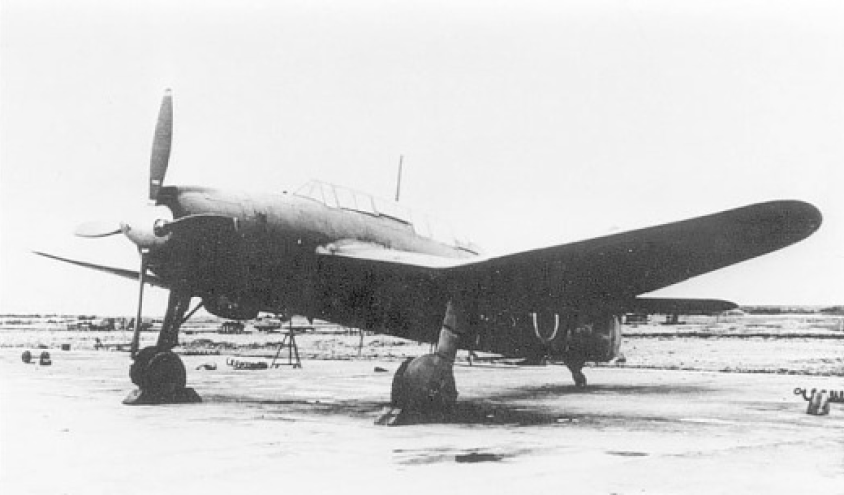
The Aichi B7A Ryusei was a Japanese torpedo bomber developed in the early 1940s. It was designed to replace the Nakajima B5N Kate, and it was one of the most advanced torpedo bombers in the world at the time. However, it was also one of the most difficult to fly, and it had a high accident rate.
The B7A was powered by a single Nakajima Sakae 21 engine, which gave it a top speed of 500 km/h (311 mph) and a range of 2,700 km (1,680 mi).
It was armed with one 7.7 mm Type 97 machine gun in the nose and two 20 mm Type 99 cannons in the wings. It could also carry a torpedo or a bomb load of up to 1,000 kg (2,204 lb).
The B7A entered service with the Imperial Japanese Navy in 1943, but it saw limited use in combat. It had a high accident rate. As a result, it was often replaced by the Mitsubishi G4M Betty.
5. Mitsubishi G4M Betty
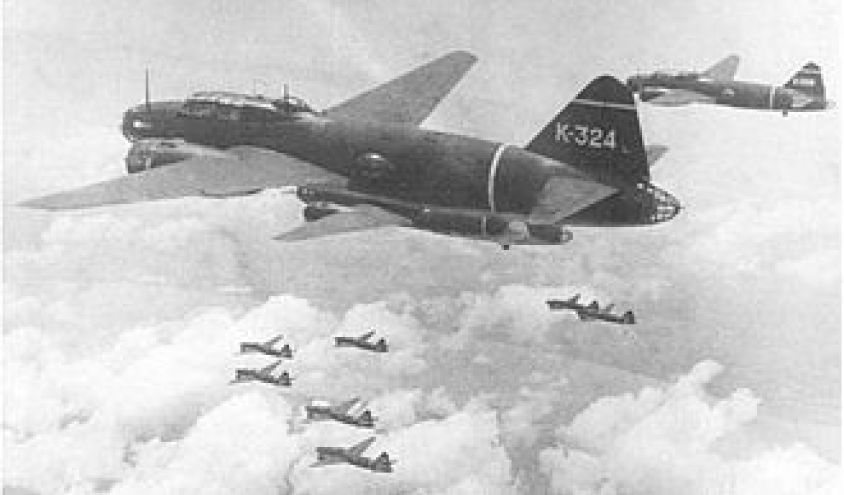
The Mitsubishi G4M Betty was a Japanese medium bomber developed in the early 1940s. It was one of the most important bombers in the Japanese arsenal, and it was used in a variety of roles, including torpedo bombing, dive bombing, and level bombing.
The G4M entered service with the Imperial Japanese Navy in 1941, and it saw extensive use in the Pacific War. It was a reliable and effective bomber, and it was responsible for sinking a number of Allied ships.
However, the G4M was also vulnerable to enemy fighters, and it suffered heavy losses in combat. As a result, it was gradually replaced by the Mitsubishi G6M.
Only a small number of G4Ms were produced, and they were withdrawn from service in 1945.
Final Word
In the heated furnace of World War II, while many aircraft soared to fame, others faltered due to design flaws and rushed production. From Germany’s problematic Me 210 to Japan’s accident-prone B7A Ryusei, the skies were not kind to every plane.
These missteps in aviation remind us that in the race to dominate the skies, meticulous design and thorough testing are paramount. Even in the chaos of war, quality should never be compromised.

